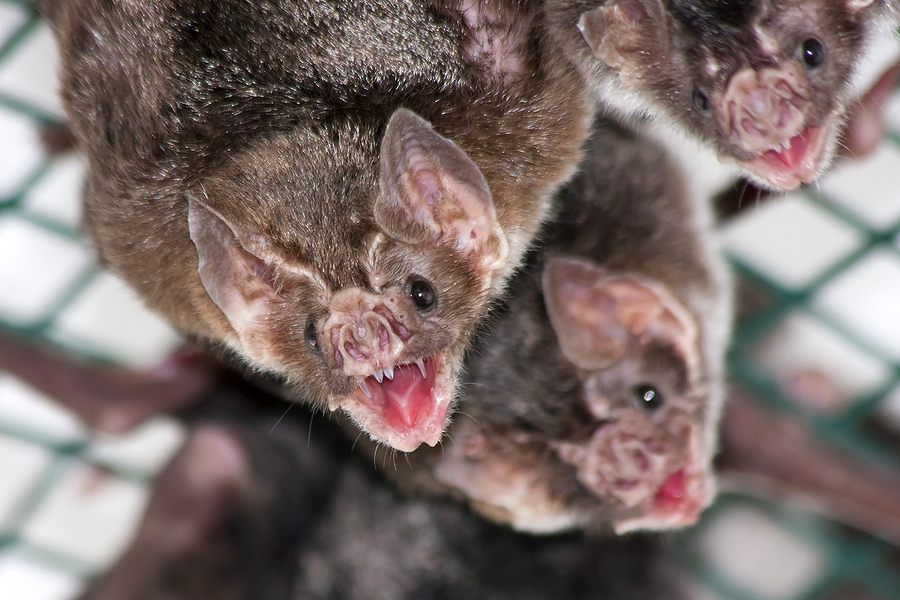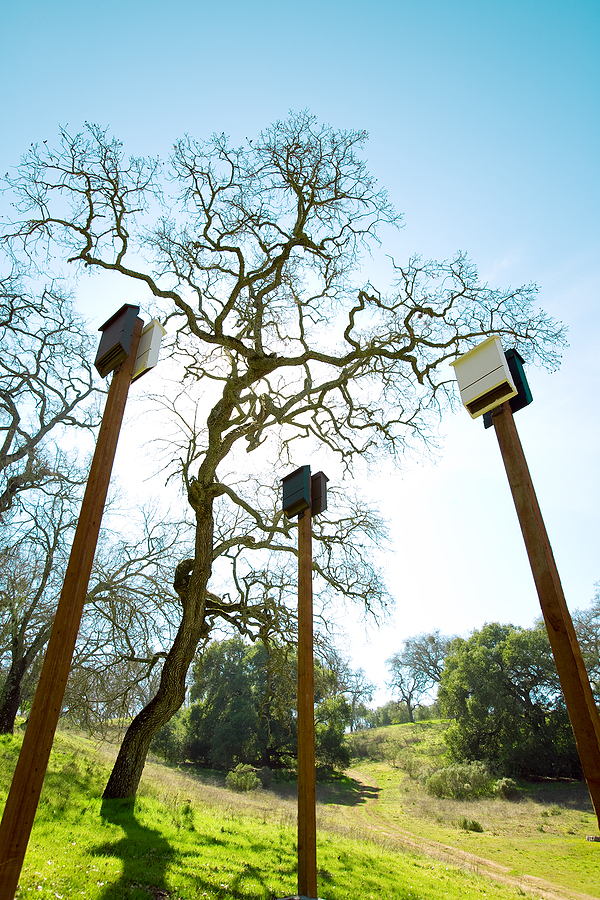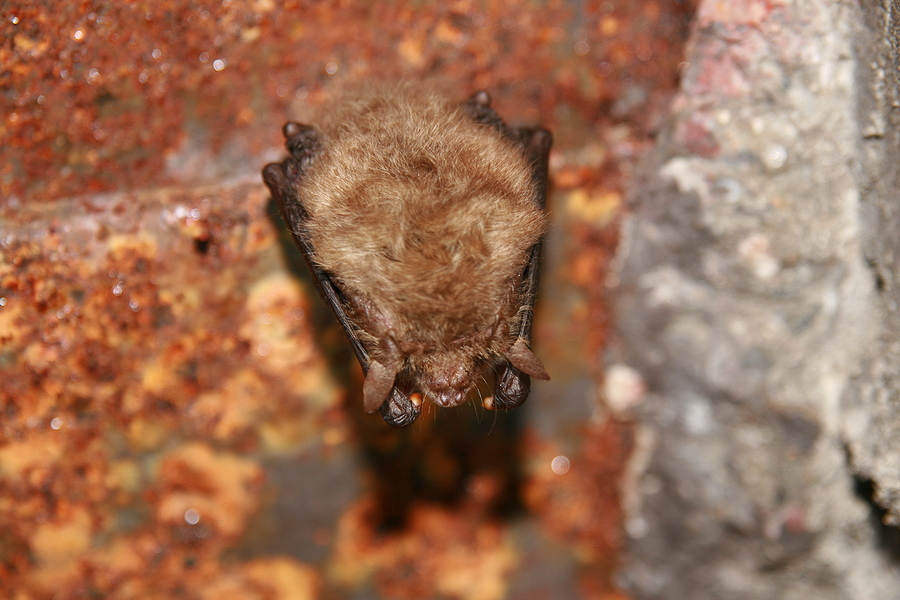Discovering bats in your attic can be alarming. While these creatures play a vital role in our ecosystem, their presence in your home poses significant health risks. One of the most serious concerns is histoplasmosis, a respiratory infection caused by a fungus that thrives in bat droppings. For homeowners in Kentucky, understanding this connection is the first step toward protecting your family and property.
This guide will explain what histoplasmosis is, how it’s linked to bat infestations, and its prevalence in Kentucky. We’ll cover the symptoms, diagnosis, and treatment of this disease, as well as practical steps for prevention and the importance of professional bat removal. By the end, you’ll have the knowledge you need to handle a bat problem safely and effectively.

What is Histoplasmosis?
Histoplasmosis is an infection caused by inhaling the spores of a fungus called Histoplasma capsulatum. This fungus is commonly found in soil that contains large amounts of bird or bat droppings, also known as guano. When soil or accumulated droppings are disturbed—through activities like cleaning an attic, gardening, or construction—the fungal spores can become airborne and be inhaled, leading to infection.
While many people who inhale the spores never get sick, others can develop a flu-like illness. For individuals with weakened immune systems, the elderly, or infants, histoplasmosis can become a severe and even life-threatening condition.
The Link Between Bats and Histoplasmosis
Bats, particularly the microbats common in North America, often roost in dark, undisturbed places like caves, old barns, and residential attics. Over time, their droppings accumulate, creating an ideal environment for the Histoplasma fungus to grow. A significant bat infestation in an attic can lead to large deposits of guano, turning the space into a potential source of infection.
When homeowners attempt to clean up bat guano without proper precautions, they risk disturbing the fungal spores and inhaling them. This is why it is crucial to address a bat problem with professional assistance.
Histoplasmosis in Kentucky
The Ohio and Mississippi River valleys, which include Kentucky, are known hotspots for histoplasmosis. The region’s soil and climate conditions are favorable for the Histoplasma fungus. According to data from the Kentucky Department for Public Health, the state consistently reports cases of histoplasmosis each year.
While exact numbers fluctuate, Kentucky remains one of the states with the highest incidence rates in the country. This prevalence underscores the importance for residents to be aware of the risks associated with bat diseases and infestations.
Symptoms, Diagnosis, and Treatment
The symptoms of histoplasmosis can vary widely depending on the severity of the infection.
Symptoms
Many people with histoplasmosis have no apparent symptoms. When symptoms do occur, they typically appear 3 to 17 days after exposure and may include:
- Fever and chills
- Headache
- Muscle aches
- Dry cough
- Chest pain
- Fatigue
In more severe cases, especially among those with compromised immune systems, the infection can spread from the lungs to other parts of the body, such as the brain and spinal cord. This is known as disseminated histoplasmosis and requires immediate medical attention.
Diagnosis and Treatment
Diagnosing histoplasmosis can be challenging because its symptoms resemble other respiratory illnesses. A doctor may use a combination of blood tests, urine tests, chest X-rays, or tissue samples to confirm a diagnosis.
For mild cases, treatment may not be necessary, as the infection often resolves on its own. However, for chronic or severe cases, doctors typically prescribe antifungal medications. Treatment can last from several months to a year, depending on the patient’s condition.
Schedule a Free Bat Removal Inspection Now ✅
Preventing Bat Infestations in Your Home
The most effective way to prevent histoplasmosis from a bat infestation is to prevent bats from entering your home in the first place. Here are some practical bat control tips:
- Seal Entry Points: Regularly inspect your home’s exterior for cracks and openings. Bats can squeeze through holes as small as a dime. Seal gaps in siding, around pipes, and near the foundation with caulk or expanding foam sealant.
- Cover Chimneys: Install a properly fitted chimney cap to prevent bats and other wildlife from entering.
- Install Screens: Make sure all windows, doors, and vents have intact screens. Repair any tears or holes promptly.
- Trim Trees: Keep tree branches trimmed away from your roofline. Bats often use overhanging limbs to access your roof and find entry points.
- Attic Ventilation: Ensure your attic has proper ventilation. This helps reduce moisture and makes the space less attractive to bats.
- Regular Inspections: Periodically conduct an attic inspection. Look for signs of bat activity, such as droppings (guano), staining on walls, or scratching noises.
Why You Need a Professional Wildlife Removal Company
If you discover bats in the attic, do not attempt to remove them or clean up the droppings yourself. Handling a bat infestation requires specialized knowledge and equipment to ensure safety and compliance with wildlife regulations.
Benefits of Professional Bat Removal
- Safe and Humane Removal: Professionals are trained to remove bats safely and humanely, without harming the animals or your property.
- Thorough Inspection: A wildlife removal company will conduct a comprehensive attic inspection to identify all entry points and nesting areas.
- Effective, Long-Lasting Solutions: Experts will seal entry points to prevent bats from returning, providing a permanent solution.
- Proper Guano Cleanup: Professionals use protective gear and specialized techniques to safely remove bat guano and decontaminate the area, minimizing health risks.
- Compliance with Regulations: In Kentucky, several bat species are protected. A licensed service understands and adheres to all local and federal laws regarding wildlife management.
Secure Your Home and Health
A bat infestation is more than just a nuisance; it’s a serious health hazard. Histoplasmosis is a real threat in Kentucky, but with awareness and proactive measures, you can protect your home and family. By sealing potential entry points and recognizing the signs of an infestation, you can prevent bats from making your home theirs.
If you suspect you have bats in your attic, the safest and most effective step is to contact a professional. A trained expert can assess the situation, remove the bats humanely, and ensure your home is secure.
Don’t wait until a small problem becomes a major health risk. Schedule a professional bat inspection today to ensure your home is safe and bat-free.
Call to Book a Free Inspection
Related Post: How to Identify a Bat Infestation and Have Them Removed Safely









